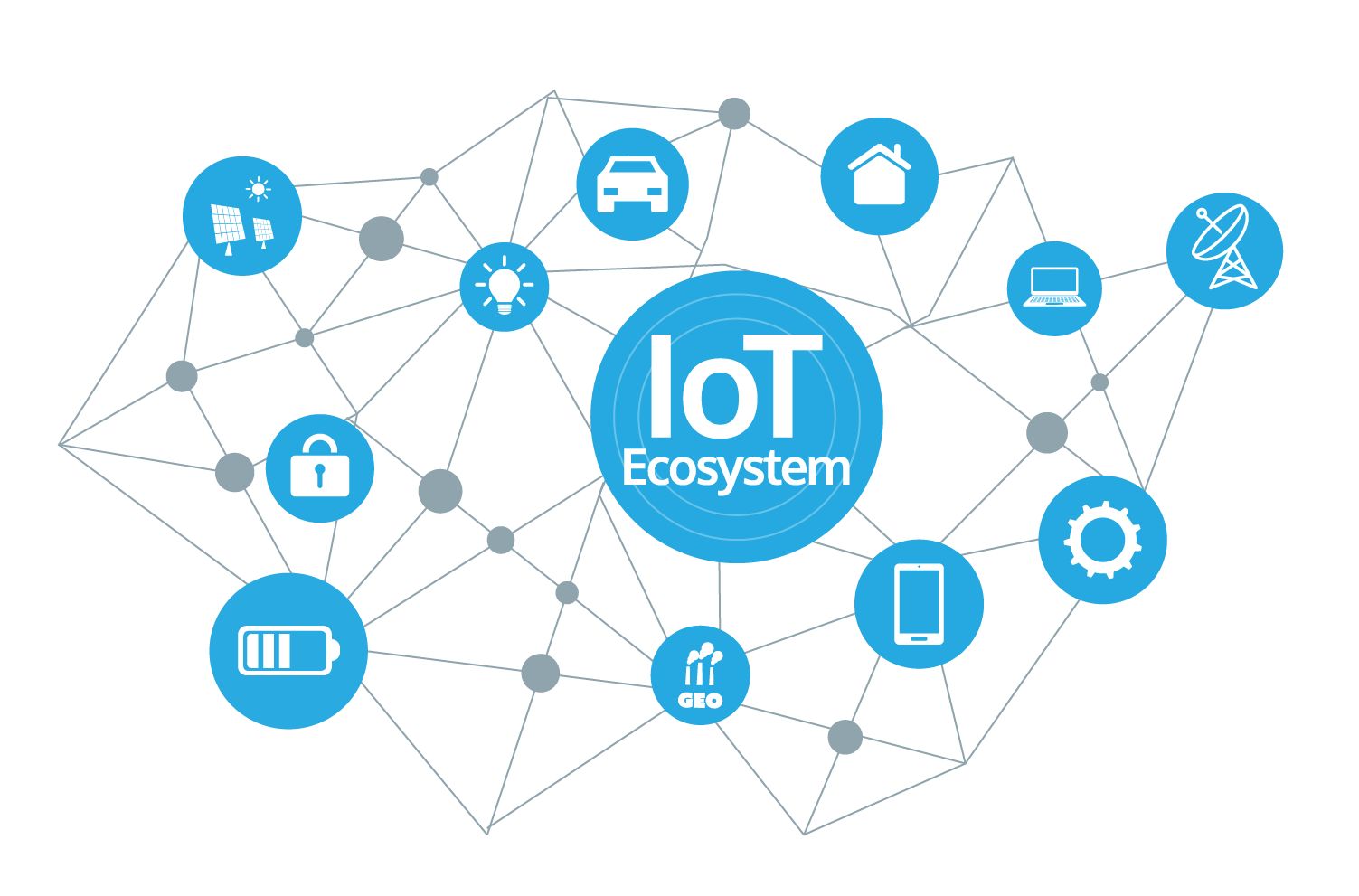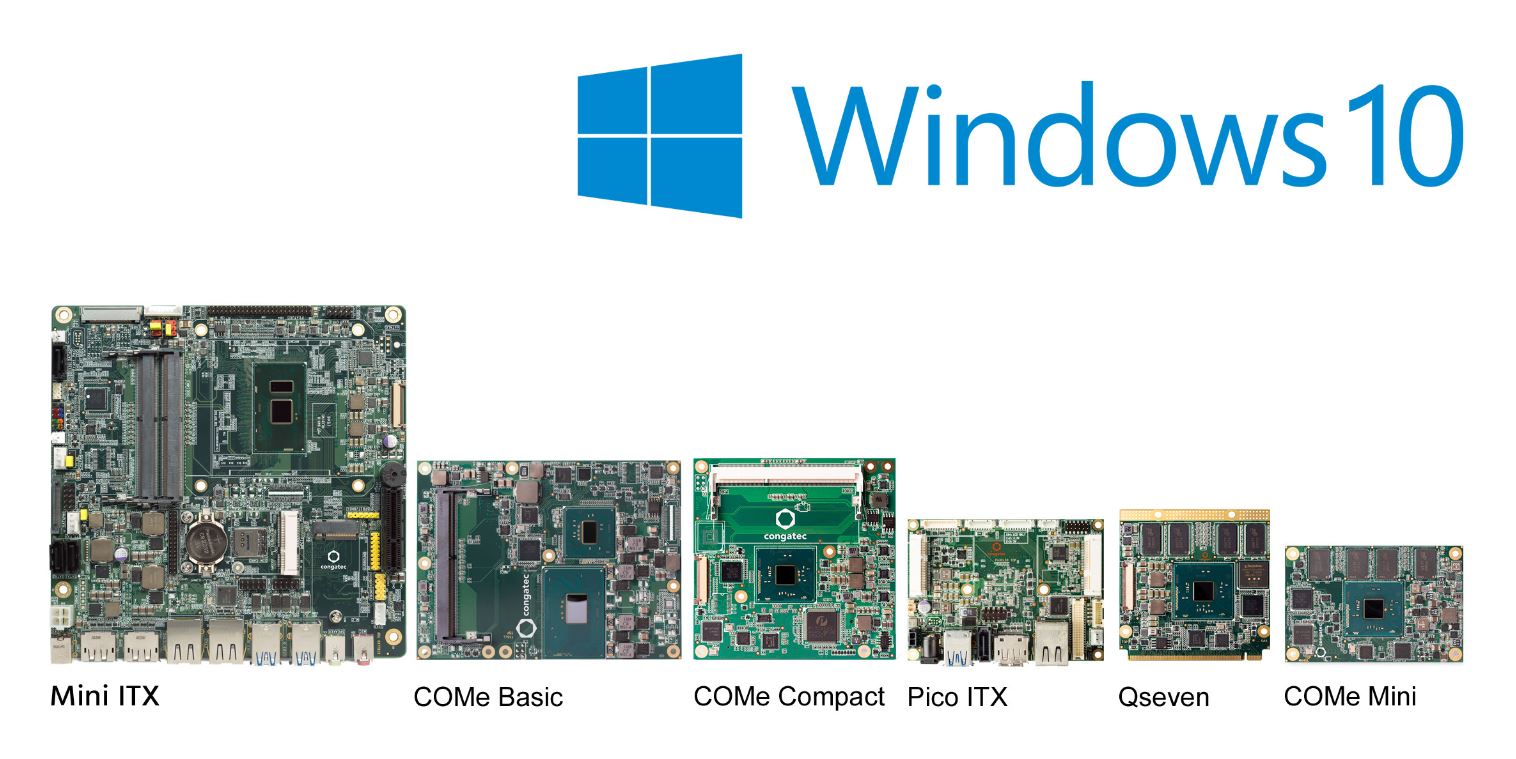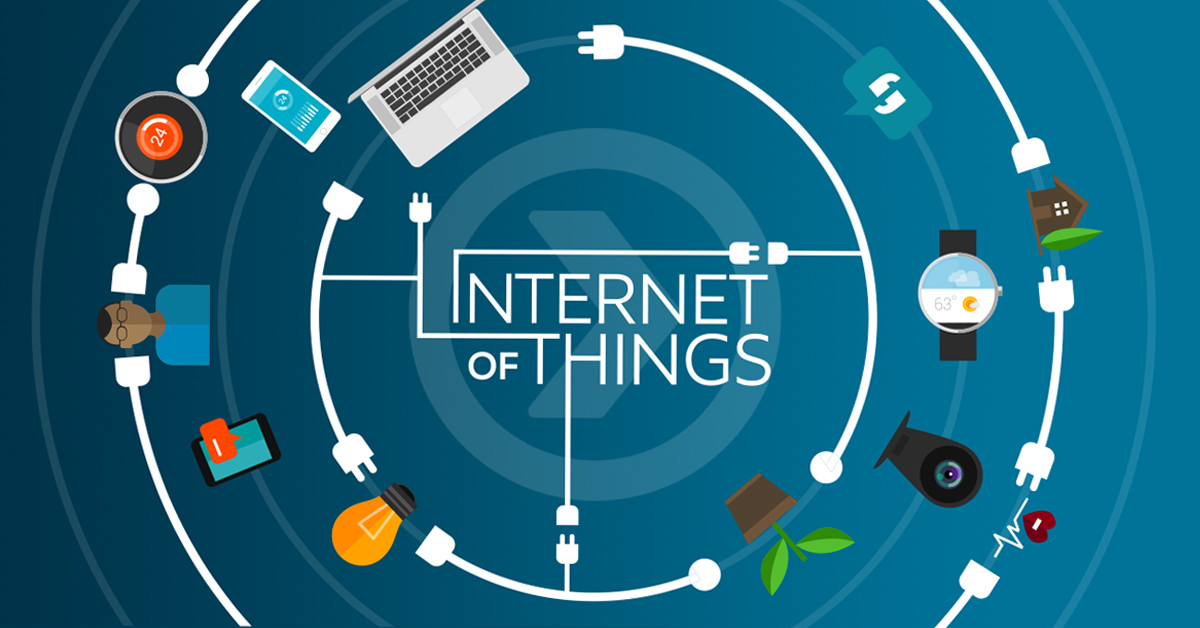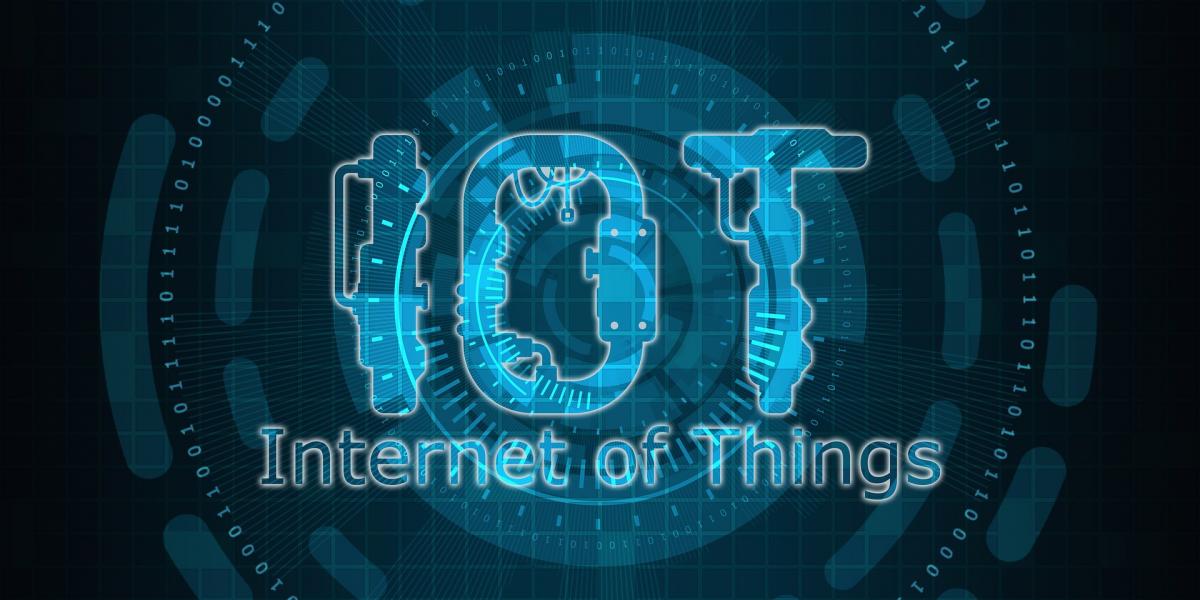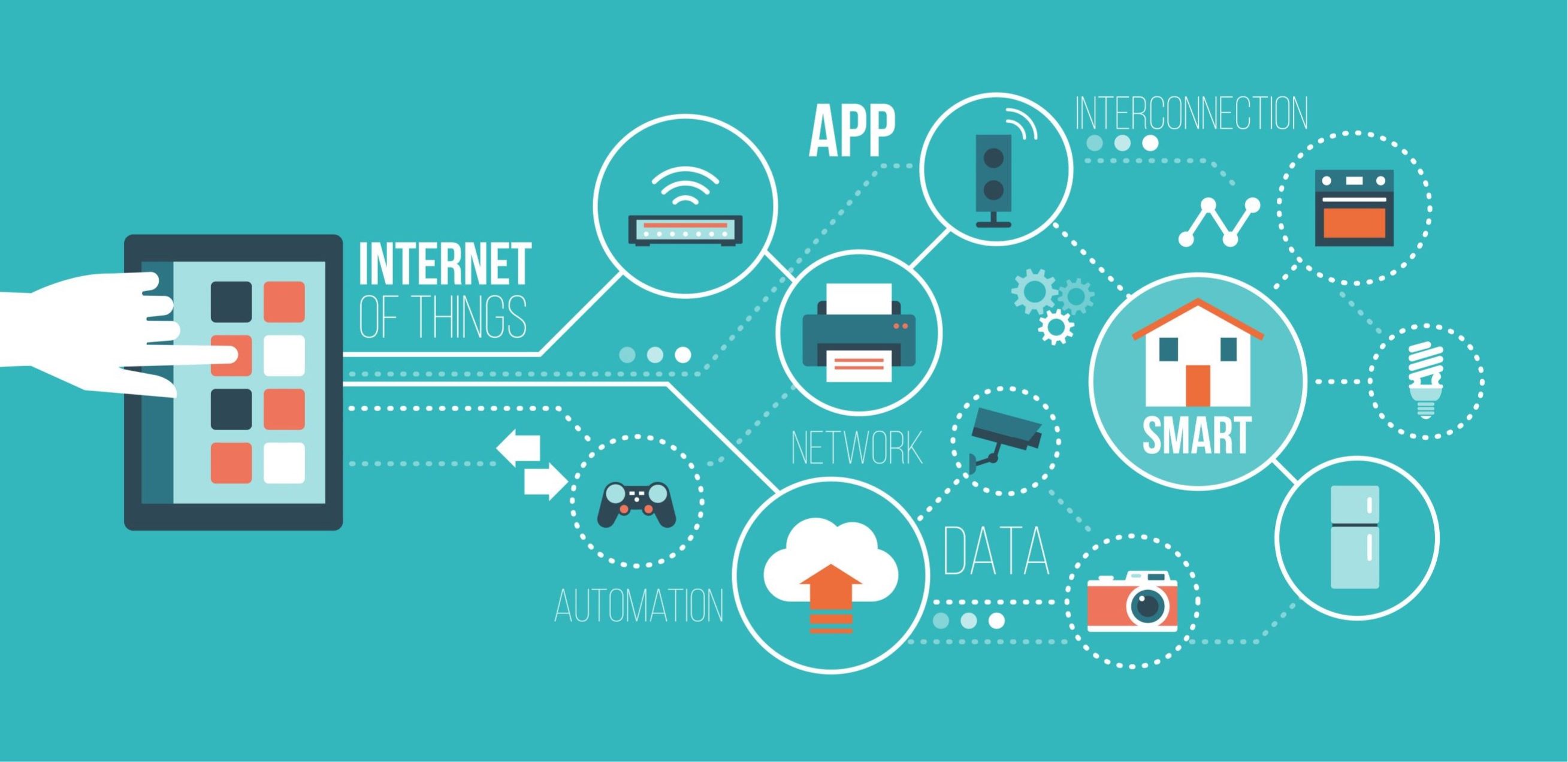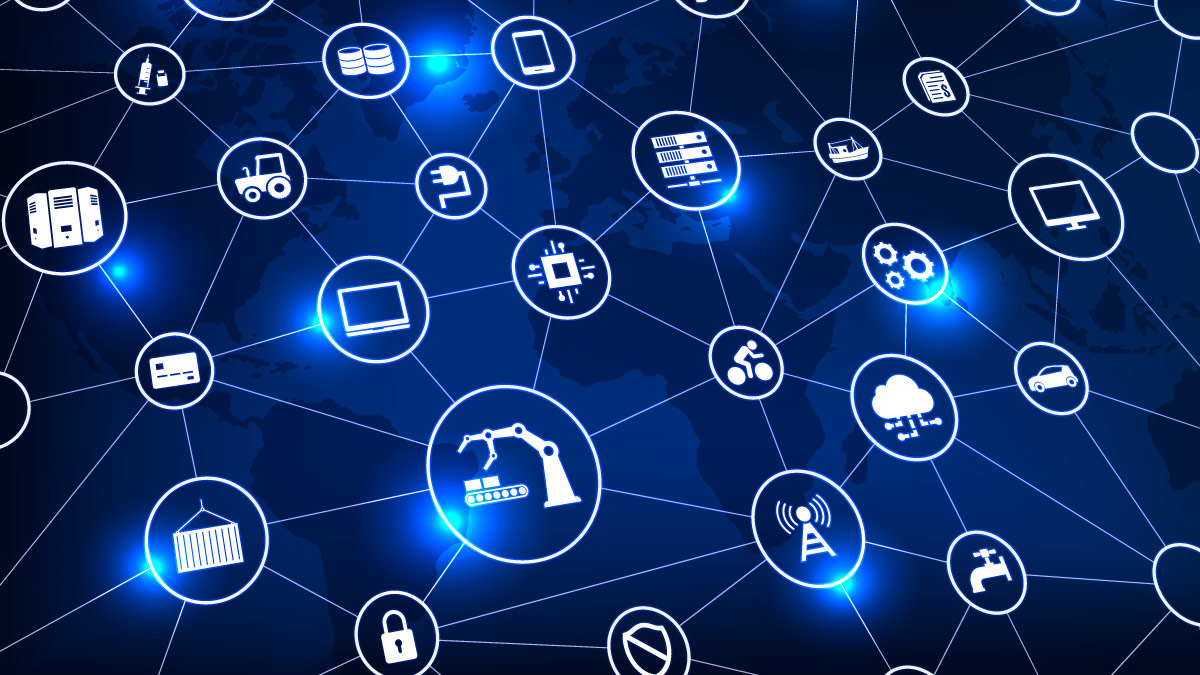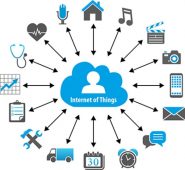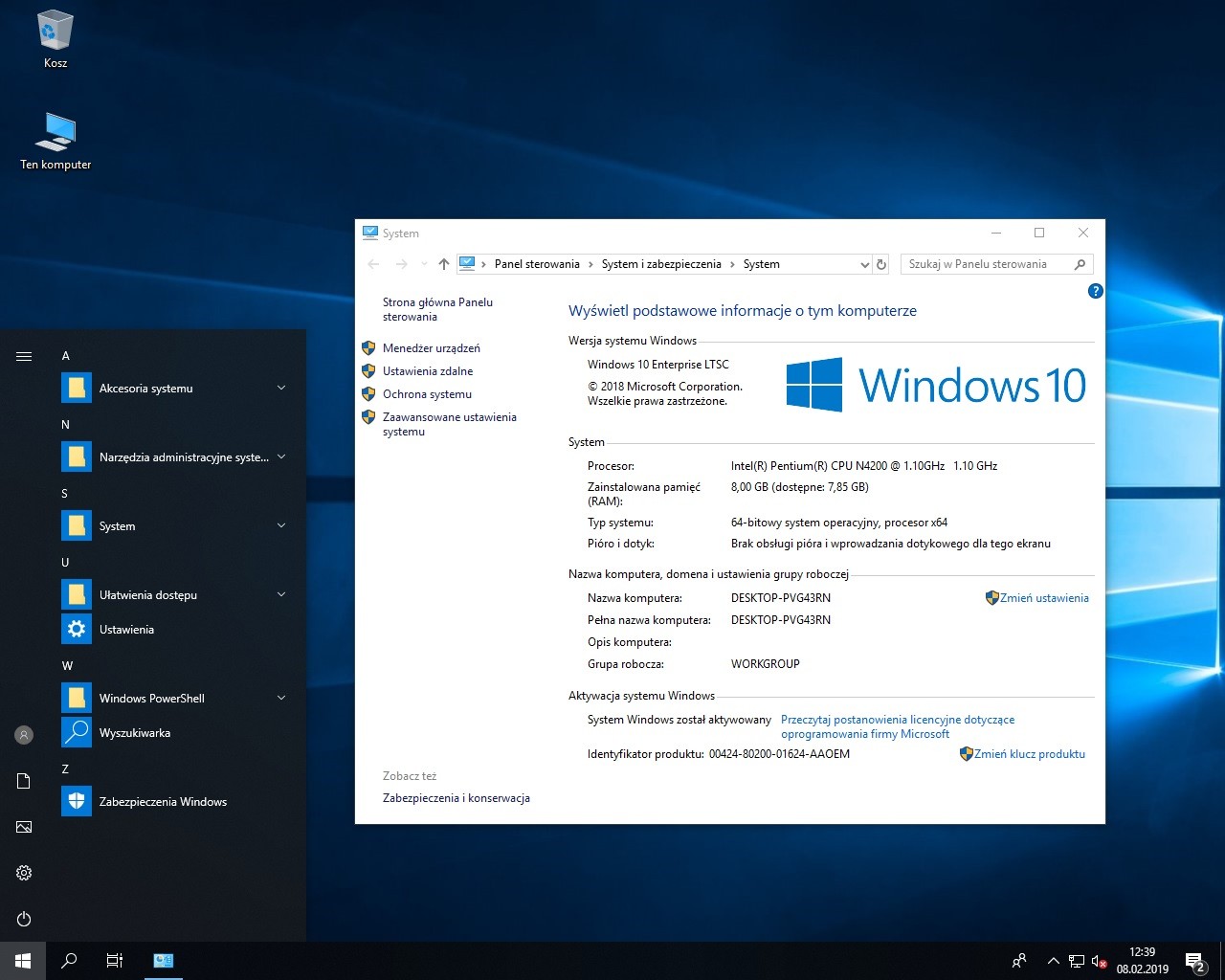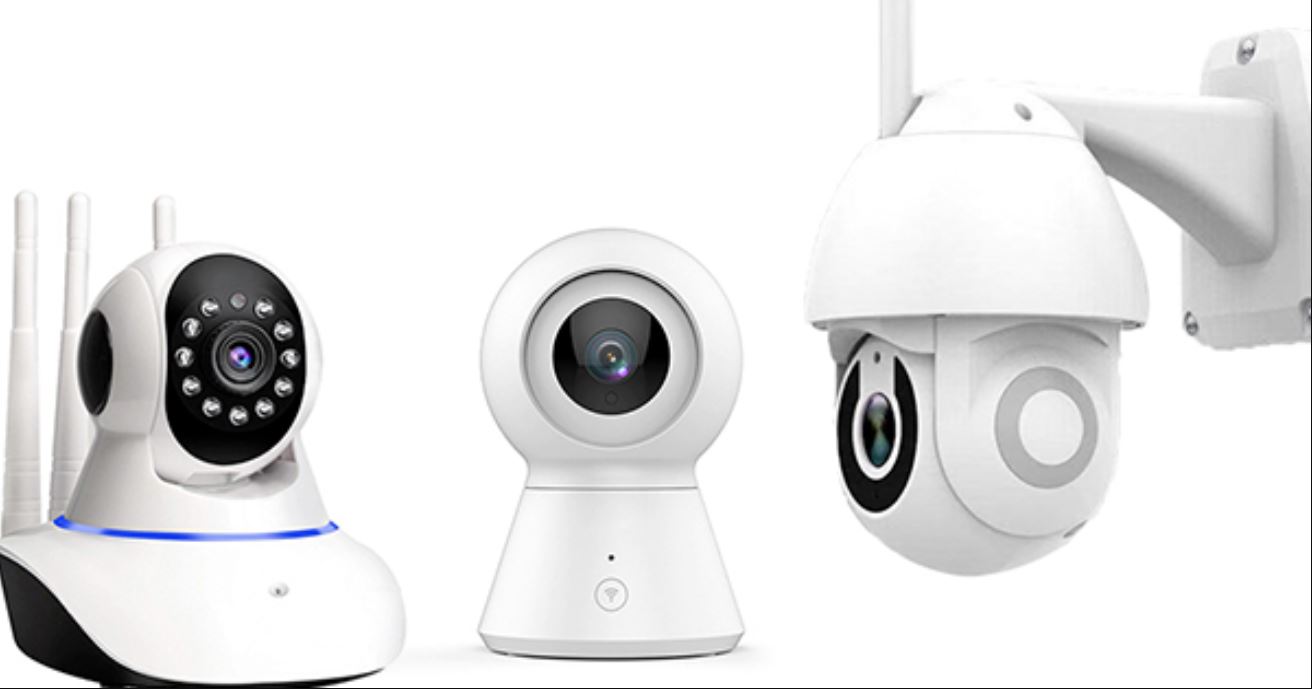Introduction
Welcome to the world of IoT, where the power of connectivity transforms everyday objects into intelligent devices. The Internet of Things, or IoT, has rapidly gained popularity and revolutionized various industries. This groundbreaking technology has paved the way for a new era of possibilities, offering innovative solutions that enhance efficiency, productivity, and convenience.
So, what exactly is IoT? In simple terms, IoT refers to a network of interconnected devices that can exchange data and communicate with each other through the internet. These devices can range from smartphones and wearables to sensors, appliances, and industrial equipment. By connecting and enabling communication between these devices, IoT solutions can collect, analyze, and utilize valuable data to provide insights, automate processes, and improve decision-making.
The concept of IoT solutions may seem futuristic, but it is already transforming various aspects of our lives. From smart homes that allow you to control your security systems, lighting, and appliances remotely to smart cities that optimize energy usage, traffic flow, and waste management, IoT is revolutionizing the way we live, work, and interact with our surroundings.
As technology continues to advance, the potential applications of IoT solutions are limitless. This technology has the ability to optimize supply chains, enhance healthcare systems, improve agricultural practices, and even transform entire industries. With IoT, the world is becoming more interconnected, intelligent, and efficient.
Throughout this article, we will explore the concept of IoT solutions in more detail. We will delve into the benefits they offer, look at some examples of how they are being utilized in different industries, and provide insights on how to choose the right IoT solution for your specific needs. So, let’s dive in and discover the exciting world of IoT solutions!
What is IoT?
The Internet of Things (IoT) refers to a vast network of interconnected devices that can collect, exchange, and analyze data through the internet. It is a revolution in technology that has the potential to transform the way we live and work.
At its core, IoT is about connecting everyday objects to the digital world, enabling them to communicate and interact with each other autonomously. These objects, also known as smart devices, can range from household appliances and wearable devices to industrial machinery and infrastructure.
The key component of IoT is connectivity. Through sensors, embedded systems, and data communication technologies, these devices can gather and transmit data to a central system or to each other. This allows for real-time monitoring, analysis, and control, leading to more efficient and intelligent decision-making.
One of the main advantages of IoT is its ability to create a seamless and connected ecosystem. For example, in a smart home, IoT enables devices like thermostats, lights, and security systems to communicate with each other and with the homeowner’s smartphone. This allows for remote control, automation, and energy optimization, enhancing convenience and energy efficiency.
IoT is not limited to consumer applications; it has profound implications for industries such as healthcare, agriculture, transportation, and manufacturing. In healthcare, IoT devices can remotely monitor patients’ health conditions, enabling timely intervention and personalized care. In agriculture, sensors embedded in the soil can provide real-time data on moisture and nutrient levels, helping farmers optimize irrigation and fertilization. In transportation, IoT enables connected vehicles and smart traffic systems, reducing congestion and improving safety.
Overall, IoT has the potential to revolutionize the way we live and work by creating an interconnected and intelligent ecosystem of devices. The vast amount of data generated by these devices can be analyzed and utilized to drive innovation, improve efficiency, and create new opportunities across various industries.
Understanding IoT Solutions
IoT solutions are comprehensive systems that incorporate various technologies, protocols, and platforms to enable the efficient and effective utilization of IoT capabilities. These solutions encompass the hardware, software, and network components necessary to connect devices and enable data exchange, analysis, and application development.
To understand IoT solutions, it is important to grasp the key elements involved. Firstly, there are the devices or sensors that capture data from the physical world. These devices can range from simple temperature sensors to sophisticated cameras and actuators. These devices are often equipped with embedded systems to process and transmit data.
Next, there is the connectivity layer, which enables the devices to communicate with each other and with central systems. This layer can use various communication technologies, such as Wi-Fi, Bluetooth, Zigbee, or cellular networks. The choice of connectivity depends on factors such as range, data transfer speed, power consumption, and security requirements.
The data generated by IoT devices needs to be transmitted and stored securely. IoT solutions utilize cloud computing or edge computing to process and store data. Cloud computing allows for centralized storage and analysis of data, enabling scalable and cost-effective solutions. Edge computing, on the other hand, processes data closer to the source, reducing latency and ensuring real-time responsiveness.
Another crucial component of IoT solutions is the software layer. This includes the applications, algorithms, and analytics tools that enable data interpretation and utilization. Application development platforms help create customized applications that leverage IoT data to provide insights, automation, and control. Additionally, analytics tools can process the vast amounts of data generated by IoT devices, providing valuable insights for decision-making and optimization.
Security is a critical aspect of IoT solutions. With the interconnected nature of IoT devices, ensuring data privacy and protection becomes paramount. IoT security includes implementing encryption protocols, authentication mechanisms, and access control measures to safeguard data and prevent unauthorized access.
Finally, IoT solutions require integration with existing systems and platforms. This integration enables seamless interaction between IoT devices and other business systems, such as enterprise resource planning (ERP) systems, customer relationship management (CRM) platforms, or supply chain management (SCM) systems. Integration ensures that IoT data is utilized across the organization, driving operational efficiency and informed decision-making.
By understanding these key elements, we can see that IoT solutions encompass a comprehensive ecosystem of hardware, software, connectivity, and security. Through the harmonious integration of these components, organizations can harness the power of IoT to drive innovation, optimize processes, and deliver enhanced experiences to customers.
Benefits of IoT Solutions
IoT solutions offer numerous benefits that can transform industries and revolutionize the way businesses operate. Let’s explore some of the key advantages:
- Improved Efficiency: IoT solutions enable automation and optimization of processes, leading to increased efficiency and productivity. By connecting devices and collecting real-time data, organizations can streamline operations, reduce manual intervention, and minimize errors.
- Data-Driven Insights: The vast amount of data generated by IoT devices provides valuable insights for businesses. Through advanced analytics and machine learning algorithms, organizations can extract meaningful patterns and trends from IoT data. These insights drive informed decision-making, enabling companies to identify opportunities, mitigate risks, and optimize performance.
- Enhanced Customer Experience: IoT solutions enable businesses to deliver personalized and seamless experiences to their customers. For example, in retail, IoT devices can track customer behavior, enabling targeted marketing campaigns and personalized recommendations. In smart homes, IoT technology allows for remote control and automation of devices, enhancing convenience and comfort.
- Cost Savings: By optimizing processes, reducing wastage, and identifying inefficiencies, IoT solutions can lead to significant cost savings for businesses. For example, in manufacturing, IoT-enabled predictive maintenance can prevent costly machine breakdowns and reduce downtime. In energy management, IoT solutions optimize energy usage, resulting in reduced utility bills.
- Improved Safety and Security: IoT solutions can enhance safety and security across various domains. For instance, in healthcare, IoT devices can remotely monitor patients’ vital signs, enabling timely intervention and reducing the risk of medical emergencies. In smart cities, IoT technology enables efficient surveillance and detection of security threats.
- Sustainability and Environmental Impact: IoT solutions play a crucial role in sustainable practices and reducing environmental impact. By optimizing resource usage, such as electricity and water, organizations can contribute to conservation efforts. In agriculture, IoT devices enable precision farming practices, minimizing the use of chemicals and water while maximizing crop yield.
These are just a few examples of the benefits offered by IoT solutions. The potential impact of IoT on businesses and society as a whole is vast. By leveraging the power of connected devices and data, organizations can drive innovation, improve operational efficiency, and deliver enhanced experiences to customers.
Examples of IoT Solutions
IoT solutions are being utilized across various industries to address specific challenges and enhance processes. Let’s explore a few examples of how IoT is transforming different sectors:
- Smart Home: IoT solutions have revolutionized the concept of smart homes, where devices are interconnected and controlled through a central hub or smartphone app. Home automation systems enable homeowners to control lighting, temperature, security systems, and appliances remotely. This enhances convenience, energy efficiency, and security.
- Healthcare: In the healthcare industry, IoT solutions are being used to improve patient monitoring and deliver personalized care. Remote monitoring devices allow healthcare providers to track vital signs, medication adherence, and chronic conditions remotely. This enables early intervention, reduces hospital readmissions, and enhances patient outcomes.
- Manufacturing: IoT solutions have transformed the manufacturing industry through the concept of Industry 4.0. By connecting machines, inventory systems, and production lines, IoT enables real-time monitoring, predictive maintenance, and optimized production schedules. This leads to reduced downtime, improved efficiency, and lower costs.
- Agriculture: IoT solutions are revolutionizing the agricultural sector by enabling precision farming practices. IoT devices, such as soil sensors, weather stations, and GPS trackers, provide real-time data on soil moisture, nutrient levels, and weather conditions. Farmers can make data-driven decisions regarding irrigation, fertilization, and pest control, maximizing crop yield while minimizing resource wastage.
- Transportation: IoT is transforming transportation systems by enabling connected vehicles, smart traffic control, and fleet management. IoT sensors embedded in vehicles collect data on fuel consumption, maintenance needs, and driver behavior. This information helps optimize fuel efficiency, improve safety, and reduce emissions.
- Retail: IoT solutions are enhancing the retail experience by enabling personalized marketing, inventory management, and smart shelves. IoT sensors track customer behavior, enabling targeted promotions and personalized recommendations. Real-time inventory data helps optimize stock levels and reduce out-of-stock situations, improving customer satisfaction.
These examples highlight the diverse applications of IoT solutions across various industries. Whether it’s creating smart homes, improving healthcare outcomes, enhancing manufacturing processes, optimizing agricultural practices, or transforming transportation systems, IoT is paving the way for innovation and efficiency.
Choosing the Right IoT Solution
Choosing the right IoT solution for your organization requires careful consideration of several factors. Here are some key points to consider when selecting an IoT solution:
- Identify Your Needs: Start by identifying your specific business needs and goals. Consider the challenges you want to address, the processes you want to optimize, and the outcomes you want to achieve. This will help you narrow down the scope and focus on solutions that align with your objectives.
- Scalability and Flexibility: Assess the scalability and flexibility of the IoT solution. Consider whether it can accommodate future growth and handle increasing data volumes. Look for solutions that offer modular architecture, easy integration with existing systems, and compatibility with different devices and platforms.
- Data Security and Privacy: Security is a critical aspect of IoT solutions. Evaluate the security measures implemented by the IoT solution provider. Look for encryption protocols, authentication mechanisms, access controls, and data privacy policies. Ensure that the solution is compliant with relevant data protection regulations.
- Reliability and Performance: Assess the reliability and performance of the IoT solution. Look for solutions that offer robust connectivity, low latency, and high uptime. Consider the data processing capabilities, analytics tools, and real-time monitoring features. Additionally, ensure that the solution provides data backups and disaster recovery mechanisms.
- Vendor Reputation and Support: Research the reputation and track record of the IoT solution provider. Look for customer reviews, case studies, and testimonials. Additionally, evaluate the level of support and technical expertise offered by the vendor. Consider their ability to address issues, provide updates, and offer ongoing maintenance and support.
- Cost Considerations: Assess the total cost of ownership of the IoT solution. Consider not just the upfront investment but also the ongoing costs associated with connectivity, data storage, and maintenance. Evaluate the return on investment (ROI) and assess whether the benefits outweigh the costs in the long run.
Taking these factors into account will help you make an informed decision when choosing an IoT solution. It is crucial to thoroughly evaluate different options, engage with solution providers, and conduct pilot projects or demonstrations to validate the feasibility and compatibility of the chosen solution.
Remember that every organization has unique requirements, so there is no one-size-fits-all approach to selecting an IoT solution. By aligning your business needs and goals with the capabilities of the solution, you can ensure that you choose the right IoT solution to drive innovation, efficiency, and success.
Conclusion
The world of IoT solutions is rapidly expanding, offering endless possibilities for businesses and industries across the globe. By connecting devices, leveraging data, and utilizing advanced technologies, IoT solutions are transforming the way we live, work, and interact with our surroundings.
In this article, we explored the concept of IoT and how it enables the interconnectivity of devices and data exchange through the internet. We discussed the key components of IoT solutions, including devices, connectivity, data management, software, security, and integration. Understanding these elements is crucial for organizations looking to implement IoT solutions and harness their benefits.
We delved into the many benefits that IoT solutions offer, such as improved efficiency, data-driven insights, enhanced customer experiences, cost savings, improved safety and security, and sustainability. These advantages have the potential to revolutionize industries and drive innovation in countless ways.
We also explored some real-world examples of how IoT solutions are being utilized across different industries, from smart homes and healthcare to manufacturing, agriculture, transportation, and retail. These examples demonstrate the versatility and transformative power of IoT in various sectors, paving the way for increased productivity, efficiency, and customer satisfaction.
Lastly, we discussed the importance of choosing the right IoT solution for your organization. By considering factors such as specific needs, scalability, data security, reliability, vendor reputation, and cost, organizations can make informed decisions and ensure successful implementation and utilization of IoT solutions.
In conclusion, IoT solutions have the potential to revolutionize industries, drive innovation, and enhance our lives in remarkable ways. By embracing this transformative technology, organizations can unlock new opportunities, optimize processes, and deliver superior experiences to customers. It is an exciting time to embrace the power of IoT and be part of the dynamic and interconnected world it creates.







